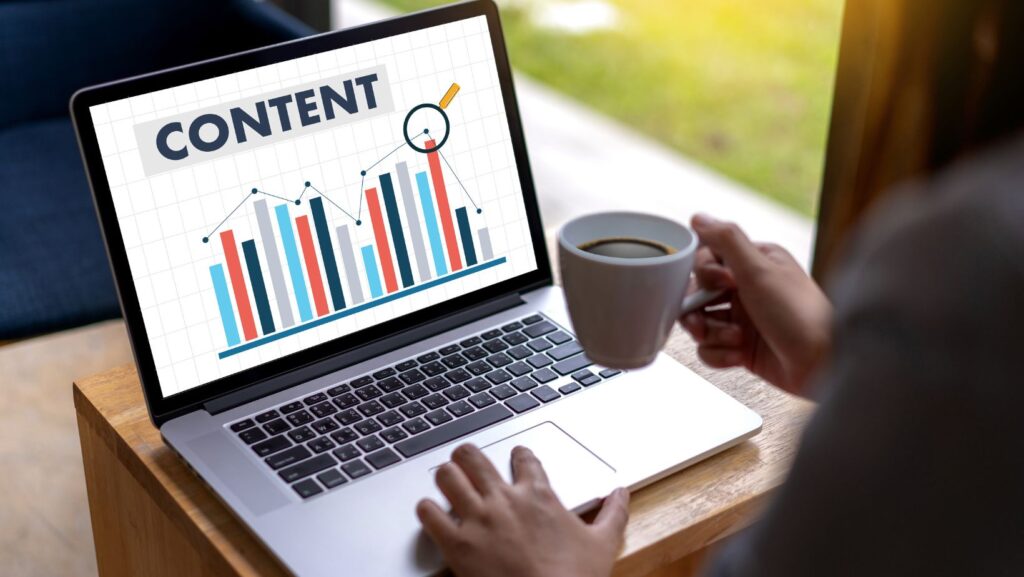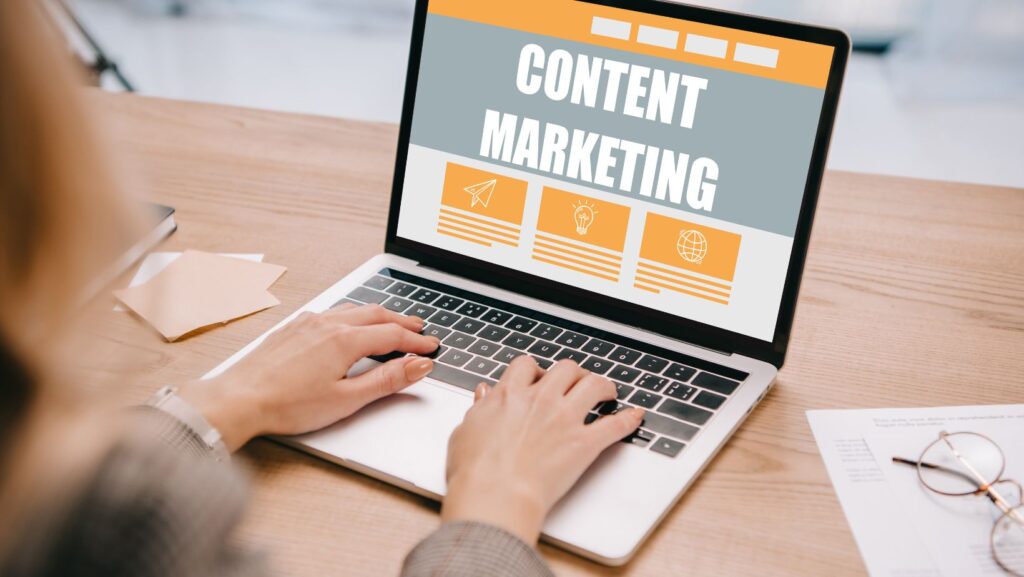Media coverage has evolved into one of the most powerful assets in modern digital marketing, bridging the gap between brand visibility and long-term online growth. When strategically integrated into a content marketing plan, earned media coverage can enhance trust, increase engagement, and improve search visibility. However, many brands overlook how media attention can also enhance their website’s internal linking structure, thereby strengthening their overall SEO performance. We will explore how to combine these two powerful strategies to not only build authority through press mentions but also create a sustainable web of internal connections that keep readers engaged and impress search engines.
How Media Coverage Enhances Content Marketing and Internal Linking Strategies
1. Transforming Media Mentions into Evergreen Content Opportunities
Media coverage often provides credibility, but its full potential unfolds when it’s converted into shareable, evergreen content. When a brand receives media attention—whether through a press release, interview, or featured article—it’s a chance to expand on that story through blog posts, case studies, or newsletters. This repurposing reinforces brand identity while creating a chain of interconnected content. Each media feature can link to relevant internal pages such as product details, company milestones, or client testimonials. This not only keeps visitors engaged but also strengthens page authority by distributing link equity throughout the site. In essence, media coverage that boosts Google rankings acts as a gateway, drawing in new audiences and guiding them through a carefully planned content journey that amplifies both visibility and retention.

2. Using Press Mentions to Strengthen Internal Link Pathways
Internal linking remains a crucial SEO technique, yet many brands treat it as an afterthought. By leveraging media coverage, internal links can be woven naturally into the narrative, connecting newly gained attention to deeper website content. For instance, if a company is featured in a major publication discussing sustainability, it can link that press piece to related blog posts, white papers, or product pages that address eco-friendly initiatives. These contextual links establish a flow of authority between pages, ensuring visitors don’t just land once but continue exploring the website. When done correctly, it encourages longer session durations and lower bounce rates, signaling to search engines that the content is valuable and cohesive. The result is an enhanced digital structure where every media mention reinforces your overall SEO ecosystem.
3. Strengthening Brand Storytelling through Shared Authority
Media coverage enables brands to leverage authority from reputable publications, and integrating that coverage into content marketing helps amplify its value. When writing a blog post or thought leadership article, referencing or linking to trusted outlets that have covered your brand adds authenticity and builds confidence among readers. Moreover, internally linking these posts to other related content pieces ensures that the credibility gained from external mentions is distributed throughout your site. This shared authority elevates the entire content network, allowing all linked pages to benefit from the perceived trust and recognition. Over time, this approach helps brands not only attract more visitors but also position themselves as reliable sources within their niche, driving organic engagement and loyalty.
4. Turning Publicity into Strategic SEO Assets
Each piece of media coverage can be transformed into a long-term SEO asset by linking it strategically within your site’s content architecture. When you embed internal links to and from media-related pages, it strengthens your site’s topical authority and ensures that your publicity efforts contribute to measurable search engine gains. For example, a news feature about your product launch can be internally linked to detailed guides, FAQs, and customer reviews, providing a seamless user experience. This approach not only enhances keyword relevance but also allows search engines to better understand how your content interconnects. Over time, such internal linking structures enhance site crawlability, facilitating the faster indexing of new pages and improving their potential for ranking. In short, every media appearance becomes more than just a one-time achievement—it becomes a cornerstone for SEO-driven growth.
5. Aligning Content Themes with Media Narratives
Consistency between media narratives and your content marketing themes creates harmony across all digital touchpoints. When your brand is featured in the media for a specific initiative or achievement, align your website content around the same message. For instance, if your company gains coverage for an innovative community project, publish supporting content that delves deeper into the story, linking to your press page, blog entries, and resource articles. This alignment not only strengthens messaging but also helps audiences follow a logical path across your website. Internal linking between them reinforces keyword clusters and provides a seamless experience, turning casual visitors into engaged readers. Through such alignment, brands build a stronger online identity that complements and extends the impact of their media visibility.
6. Encouraging Collaboration between PR and Content Teams
For media coverage to effectively support internal linking and content marketing, a coordinated effort between public relations and digital marketing teams is necessary. PR professionals secure mentions and stories, while content marketers ensure those stories are optimized, linked, and reused strategically. When these teams collaborate, every media opportunity becomes a foundation for deeper engagement and internal linking.
For instance, after a press release is published, content creators can craft blog posts, social media snippets, and newsletters that link to relevant pages on the site. This cross-functional approach ensures a consistent message while amplifying the impact of both earned and owned media. Over time, this collaboration builds a content ecosystem where each department contributes to both brand authority and search performance.

Media coverage, when integrated strategically, does far more than build temporary buzz—it becomes the foundation for stronger internal linking and sustainable content marketing success. By aligning PR achievements with internal link strategies, brands can turn fleeting publicity into long-term visibility. In the digital landscape, where credibility and connectivity are equally important, leveraging media coverage to fuel content marketing and internal linking ensures that every story told becomes a lasting asset for both audience engagement and search engine growth.




